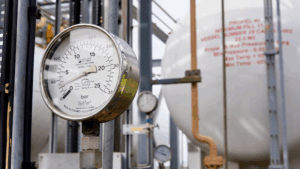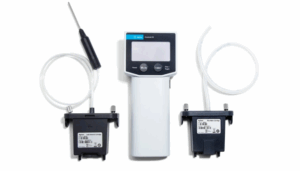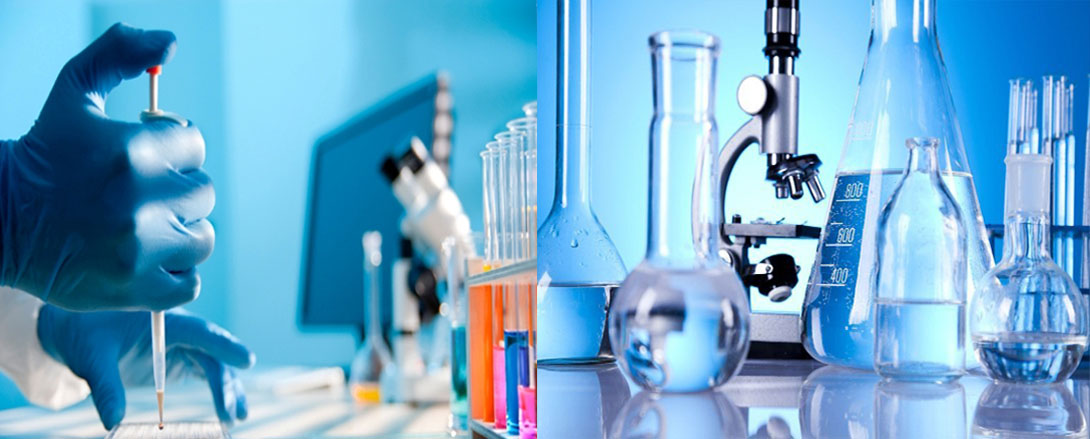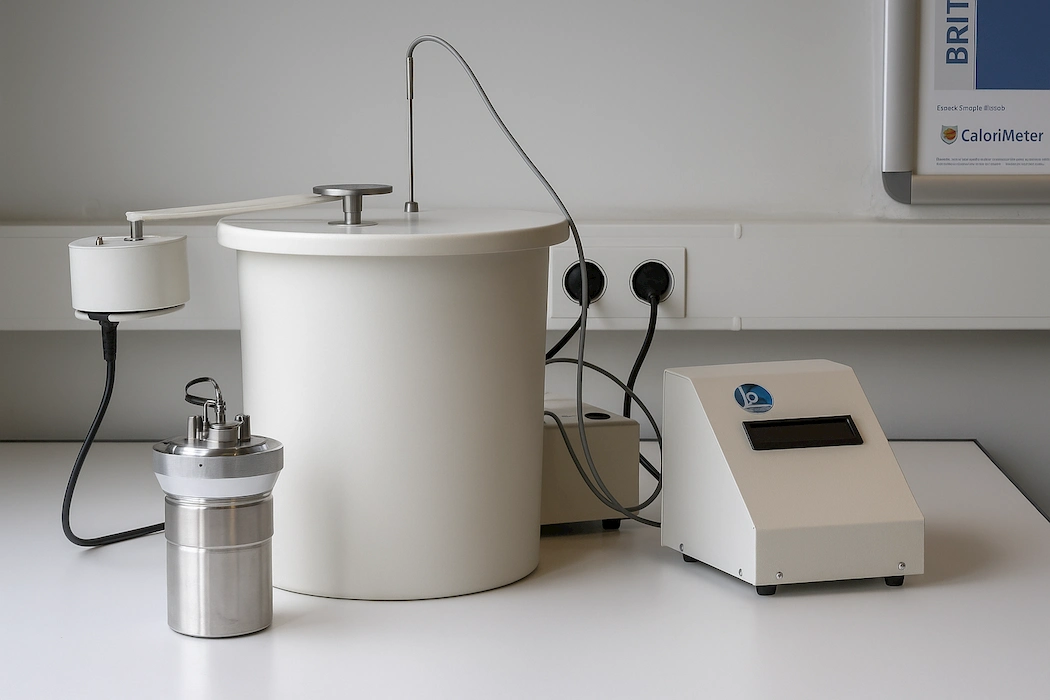Introduction:
The Invisible Threat in Every Connection
In the high-stakes world of analytical instrumentation laboratories—where precision governs breakthroughs in pharmaceuticals, biotechnology, and environmental research—gas leaks are more than a safety hazard. They are silent saboteurs of data integrity, financial resources, and human lives. With gases like hydrogen, helium, nitrogen, and specialty calibration mixtures coursing through intricate networks of lines and connections, undetected leaks can trigger catastrophic failures. Yet, many labs still treat leak detection as an afterthought rather than a frontline defense.


The High Cost of Undetected Gas Leaks
Safety: From Asphyxiation to Explosions
- Toxic & Flammable Risks: Hydrogen leaks can ignite from a single spark, causing explosions. Even “innocuous” gases like nitrogen or argon displace oxygen, leading to asphyxiation in confined spaces. Carbon dioxide—classified as a “substance hazardous to health” since 2002—demands dedicated monitors, as oxygen sensors alone won’t detect toxic CO₂ buildup.
- Human Impact: In pharmaceutical labs, gases like ethylene oxide (used in sterilization) or carbon monoxide (from incomplete combustion) can cause acute poisoning or chronic health issues. With many gases being odorless and colorless, human senses offer zero protection.
Data Integrity: The Hidden Consequence
- Chromatography Calamities: In gas chromatography (GC), minor leaks cause drifting retention times, unstable baselines, and irreproducible peaks. Oxygen ingress through leaks degrades column stationary phases, while helium leaks in mass spectrometers cripple sensitivity. As noted by Lab-Training.com, >80% of GC performance issues trace back to undetected leaks.
- Financial Drain: A single leaking GC fitting wastes thousands in high-purity gases. Contaminated samples or aborted runs delay critical projects—costing labs up to $10,000/hour in downtime.
Table: Impact of Gas Leaks on Analytical Instruments
| Instrument | Leak-Induced Defect | Consequence |
| Gas Chromatograph | Oxygen ingress | Column degradation, peak tailing |
| Mass Spectrometer | Helium loss | Loss of vacuum, signal noise |
| HPLC System | Air in solvent lines | Baseline drift, artifact peaks |
| Bioreactors | CO₂ imbalance | Cell culture death, ruined batches |
Regulatory & Environmental Fallout
- Compliance Risks: Labs must adhere to COSHH, OSHA, and ISO 17025 standards. The HSE’s EH40 mandates strict exposure limits for gases like CO₂ (STEL: 15,000 ppm). Failure to monitor can trigger legal liability.
- Sustainability Penalties: Methane (from natural gas lines) and nitrous oxide leaks contribute to global warming. Pharmaceutical facilities face carbon taxes for uncontrolled emissions.
Why Traditional Leak Detection Methods Fail
The Limits of Human Reliance
- Odor Fade: Mercaptan odorants added to gases like propane degrade over time, masking leaks.
- Sensory Fatigue: Lab personnel become desensitized to smells after prolonged exposure.
Flawed Manual Techniques
- Soap Solution Risks: Applying soap bubbles to fittings contaminates GC systems and can’t distinguishing leaks from boiling condensate on hot fittings.
- Pressure Drop Tests: Fail to detect micro-leaks that slowly bleed gases without noticeable pressure changes.
Advanced Detection Strategies for Modern Labs
Fixed Gas Monitoring Systems
- Networked Sensors: Addressable systems (e.g., IGD’s 2-Wire technology) link detectors across labs to a central HMI panel. Room Status Indicators display real-time gas levels, triggering exhaust fans or shutdowns at thresholds (e.g., 3,500 ppm for CO₂).
- Multi-Gas Capability: Edinburgh Sensors’ Gascard NG monitors CO, CO₂, and CH₄ simultaneously, integrating with HVAC systems for automated ventilation control.
Portable & Handheld Detectors
- Thermal Conductivity Probes: Handheld units (e.g., from ION Science) detect hydrogen/helium leaks at GC fittings by measuring gas-specific conductivity changes. Ideal for checking column ovens or regulators.
- MPS (Molecular Property Spectrometer) Sensors: NevadaNano’s calibration-free detectors identify 12+ gases (including natural gas) across extreme humidity/temperature ranges. Unlike catalytic bead sensors, they resist poisoning and drift.
Table: Comparing Gas Leak Detection Technologies
| Technology | Best For | Limitations |
| Fixed NDIR Sensors | Continuous CO₂/O₂ monitoring | High ownership cost; cannot detect H₂ |
| Portable PID Detectors | VOC leaks in fertility labs | Limited to volatile organics |
| MPS Sensors | Natural gas/H₂ in harsh environments | Higher upfront cost |
| Thermal Conductivity Probes | GC fittings, hard-to-reach joints | Requires oven fan shutdown during use |
Protocol Integration: Beyond Hardware
- Pre-Analysis Checks: Mandate leak tests after cylinder changes, column installations, or system maintenance. Use hydrogen “sniffers” for GC-MS setups.
- Bump Testing & Calibration: Perform daily bump tests using specialty calibration gases (e.g., 50 ppm H₂ in N₂). Per Instrument Depot, 34% of detector failures stem from skipped calibrations.
Building a Culture of Leak-Awareness
- Training: Drill staff on leak response (evacuate → isolate → report). Use ION Science’s CPD-accredited courses.
- Preventive Maintenance: Schedule quarterly inspections of regulators, traps, and purifiers.
- Emergency Kits: Place ammonia-based detectors (for refrigerant leaks) and explosion-proof tools near gas storage areas.



Conclusion:
Turn Invisible Threats into Managed Risks
Gas leak detection in analytical labs isn’t a compliance checkbox—it’s the bedrock of reproducible science and operational resilience. By deploying layered detection (fixed networks + portable tools), enforcing pre-run protocols, and leveraging self-diagnostic technologies like MPS sensors, labs can transform gas safety from a vulnerability into a controlled variable. As biotechnology pushes into nanoscale analytics and high-pressure reactions, the margin for error shrinks to zero. Protect your people, your data, and your legacy: invest in detection that never sleeps.
“Leaks in gas delivery systems involving tubing and fittings can compromise personnel safety, disrupt analytical workflows, and result in increased consumption of high-purity gases, thereby elevating operational costs.”
“In the chase for precision, a single unseen leak is the difference between a breakthrough and a breakdown.”
Audit your lab’s gas lines today. Request an Agilent CrossLab Cartridge System (CS) Electronic Leak Detector for your Lab leak detection solutions.
Contact :
Email: sales@apex-instrument.com
Mobile/WhatsApp: +971526191767



